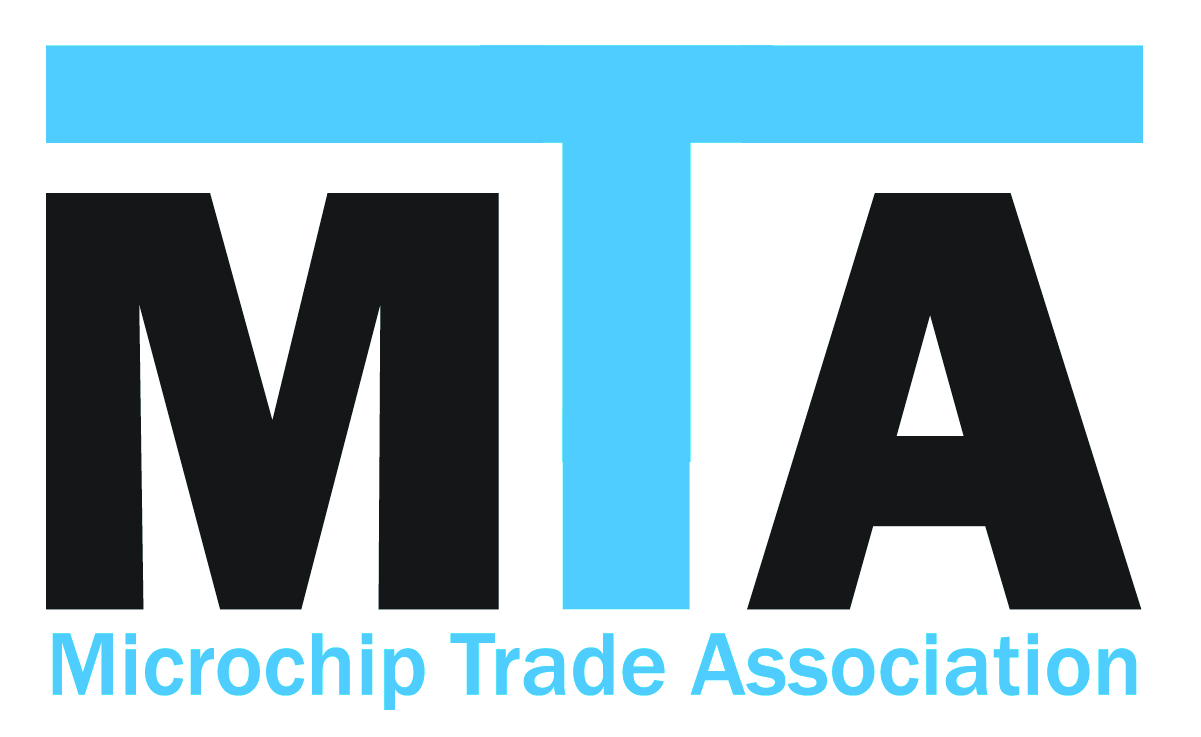A microchip database holds details of the 'keeper' of the pet (the person it normally lives with) so that if it should be lost then an authorised person can be told who should have the pet returned to them. Currently, there is nothing to stop you registering your pet's microchip details with more than one microchip database ('dual registration') but our advice is that this is not best practice and can actually lead to complications.....
The dual registration of a dog’s microchip over multiple databases can lead to a number of issues.
It allows someone, who may have stolen an animal, or who thought it was a stray and has taken it in, to register the microchip to themselves without there being any checks, since that database may not hold the original data.
A breeder or pet owner who believes their animal is registered securely on a compliant database, and whose animal may be missing, could remain unaware that the microchip has been registered by someone else on another database.
An authority who finds an animal, or who wants to check keepership details, should have the quickest way of accessing the correct data. It is unnecessary to have to liaise with multiple databases and work with multiple data - which could be two different addresses, or two different keepers, where they have to work out which is the most up to date.
For subsequent keepers, or Welfare, if a microchip returns information across multiple databases then best practice should be to update all records, in order to ensure that they are the only party registered. This takes extra time and is likely to incur additional costs.
If a microchip can only be registered on one database, and subsequently only updated by that listed keeper (authorised parties aside), then it keeps it much simpler for wardens, Vets and other bodies involved in reunification and for the enforcement of legislation.
THIS WAS CONFIRMED AS A BIG ISSUE AT THE BATTERSEA MEETING
The dual registration of a dog’s microchip over multiple databases can lead to a number of issues.
It allows someone, who may have stolen an animal, or who thought it was a stray and has taken it in, to register the microchip to themselves without there being any checks, since that database may not hold the original data.
A breeder or pet owner who believes their animal is registered securely on a compliant database, and whose animal may be missing, could remain unaware that the microchip has been registered by someone else on another database.
An authority who finds an animal, or who wants to check keepership details, should have the quickest way of accessing the correct data. It is unnecessary to have to liaise with multiple databases and work with multiple data - which could be two different addresses, or two different keepers, where they have to work out which is the most up to date.
For subsequent keepers, or Welfare, if a microchip returns information across multiple databases then best practice should be to update all records, in order to ensure that they are the only party registered. This takes extra time and is likely to incur additional costs.
If a microchip can only be registered on one database, and subsequently only updated by that listed keeper (authorised parties aside), then it keeps it much simpler for wardens, Vets and other bodies involved in reunification and for the enforcement of legislation.
THIS WAS CONFIRMED AS A BIG ISSUE AT THE BATTERSEA MEETING

